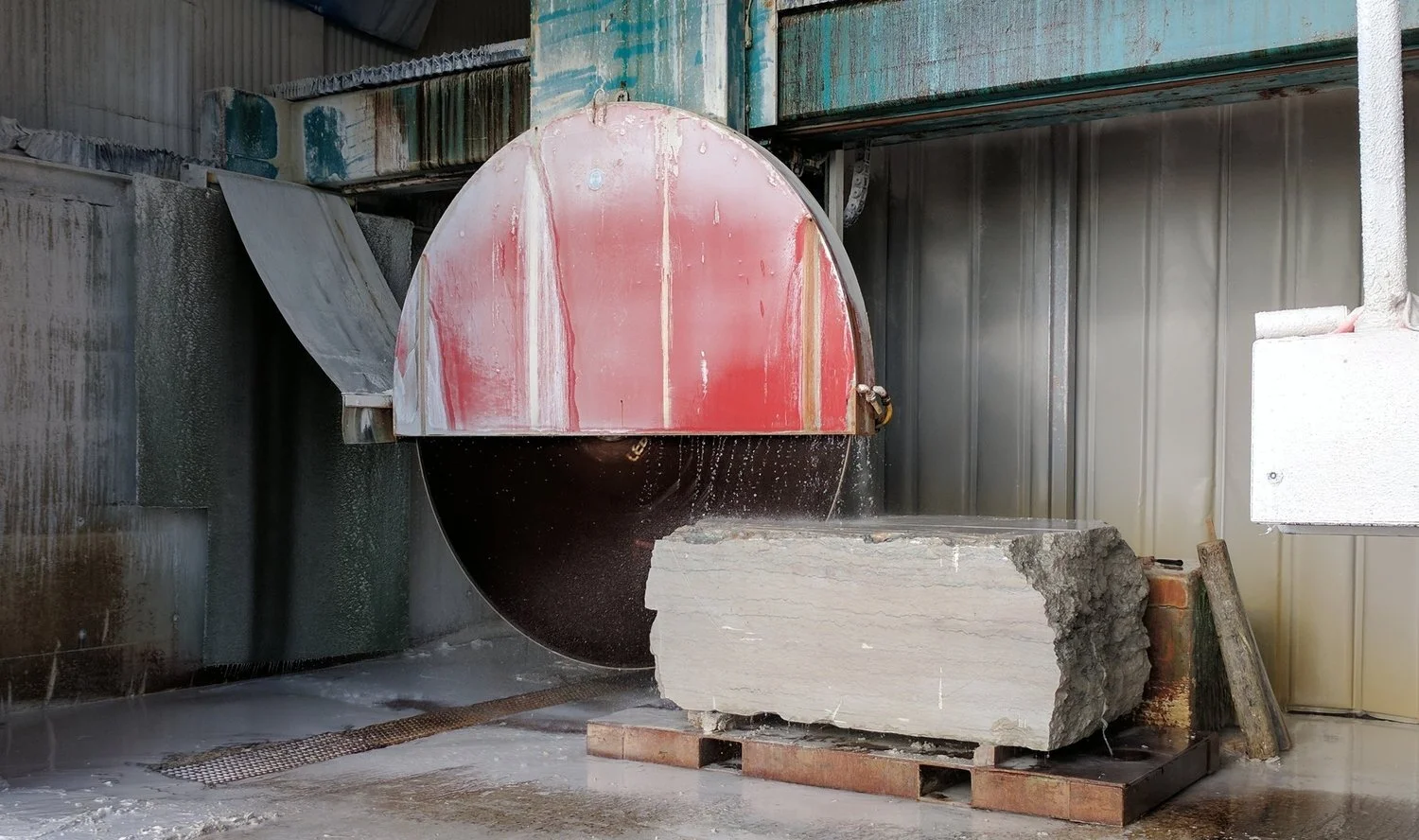North by Southeast Residency: Sam Smith on Gotland Island #5, The Last Week
Sam Smith is currently working with the community of Gotland Island in Sweden, as part of the Spaced North by Southeast program.
Sam Smith currently lives and works in London. Upcoming exhibitions include: Ways of Looking, Gallery of Contemporary Art, E-WERK, Freiburg; and Glasgow International 2016 at The Telfer Gallery. Recent projects include: Centro de Artes Visuais, Coimbra; Screen Space, Melbourne; De Appel Arts Centre, Amsterdam; Australian Centre for Moving Image, Melbourne; Sandefjord Kunstforening and Larvik Kunstforening, Norway; Jupiter Woods, London; and insitu, Berlin (all 2015); KW Institute for Contemporary Art, Berlin; The Artists’ Film Biennial, Institute of Contemporary Arts, London; The Royal Standard, Liverpool; and Künstlerhaus Bethanien, Berlin (all 2014). He was selected for FOKUS 2015, Nikolaj Kunsthal, Copenhagen (2015) and Les Rencontres Internationales Paris/Berlin/Madrid (2014-2015). From 2013 to 2014 he was part of the International Studio Programme at Künstlerhaus Bethanien, Berlin.
Here, Sam shares an update from Gotland Island.
The last week at Baltic Arts Center was spent ticking of the final few boxes on my list of sites compiled throughout the residency. Completing my tour of all corners of Gotland I spent a day with a growing number of tourists on Fårö to the north. After a couple of hours in the car I reached the top where a famous lighthouse keeps watch over the pebbled coast. The stones here were packed with fossils and a group of bird watchers had set up camp with their expensive looking telephoto binoculars.
The famous rocks were next, and in contrast to the deserted sites and empty parking lots a month ago, there were families having picnics, groups driving remote control cars, and a tour bus. I drove south down the west coast and stopped in at the ruins of St. Olaf's Church (now just a rectangular foundation) who is credited with bringing Christianity to the island. Here a small inland lake is evidence of a former trading harbour.
Later in the week, I took an excellent guided visit of Brucebo, the house that Canadian painter W and Swedish sculptor built in 1900, that is now runs a residency programme. Betraying the former owners particular early 19th century fascination with collections of curiosities, I was shown a disorderly collection of small rock samples, seemingly from around the world, placed in little open boxes and piled into one side of an old wardrobe. As things that the wealthy couple had accumulated, the collection held a mystery whose only clues were in held some scrawled notes of paper stuffed beneath the stones. The two who run the space said that they'd translate it for me and I look forward to seeing what answers are written there.
After reading her book about Gotland's geological formation, I organised to meet with Sara Eliason, a local paeleontologist and Gotland's resident fossil expert. We had a great chat and I was particularly interested to hear her concern over how the natural habitats of the island are being threatened by increased limestone mining. There are three big mining companies on Gotland each with slightly different agendas. On my last day, BAC organised that Helena and I would tour the factory of Cementa, one of these big three, whose mining activities support the production of, unsurprisingly, cement. During the two-and-a-half-hour tour we were lead through the enormous facility which runs 24 hours a day. Pretty much all the machines are automated and there were very few people about, even the central control room had just a couple people sitting behind massive arrays of dusty monitors. They explained to us how the energy sources are slowly moving from oil and coal to recycled rubber, plastic and textiles (among others). But the exhaust fumes still pump huge quantities of CO2 into the atmosphere as a product of burning the limestone.
On the bumpy flight off the island, I have a sense of the island as a living force. I'm leaving behind a powerful entity, but one that's being deconstructed. Millions of years ago, sediments that circulated at the equator constructed the reef mass that became Gotland. Now those raw materials are being radically dispersed.
-Sam Smith

